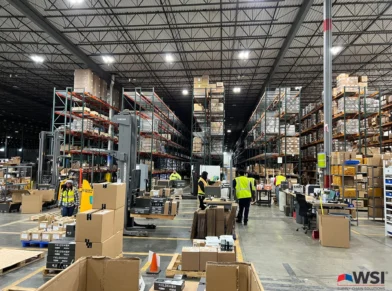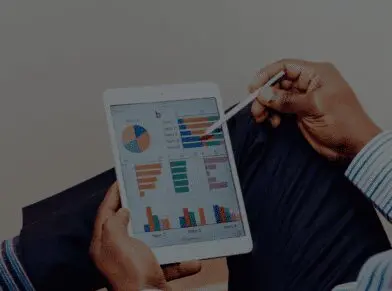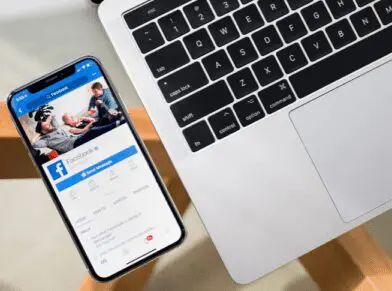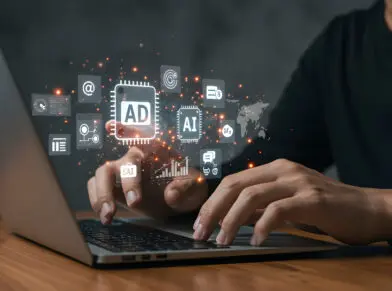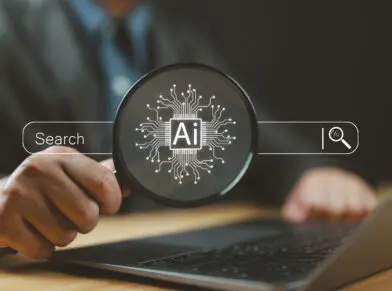Maximizing Paid Media ROI in an AI-First World

Thanks to artificial intelligence (AI), digital marketing is changing faster than ever. This isn’t just another trend; it’s a fundamental shift in how businesses connect with customers. This means marketers have to rethink how to get the most value out of our ad spend. The goal is to maximize paid media ROI, or Return on Investment.
ROI is simple: it’s about making more money back than you put in. It’s the ultimate measure of a campaign’s success. In today’s AI-first world, Globe Runner is at the forefront of these changes, and we are using every tool in our arsenal to help us maximize ROI for our clients.
The New ROI Landscape in an AI-First Era
The old methods of running ads—like manually setting bids and targeting broad groups of people—are quickly becoming obsolete. AI is changing everything. It’s giving us smarter ways to measure what works, find the right audience, and optimize campaigns around the clock.
If you’re trying to manage campaigns without AI, you’re likely facing some tough challenges. You could be wasting money on ads that don’t convert or missing out on key customers because you can’t reach them with the right message. This can seriously hurt your digital marketing ROI. AI helps by constantly analyzing data, finding the most efficient path to success, and lowering your cost-per-acquisition (CPA) while boosting your return on ad spend (ROAS).
Leveraging AI to Increase Paid Media ROI
Think of AI as a powerful assistant that never sleeps. It helps you improve marketing ROI in several key ways:
Smarter Targeting: AI can analyze massive amounts of data to pinpoint exactly who is most likely to buy your product. It looks at online behavior, interests, and purchase history to find your ideal audience, ensuring your ads reach the right people. This precision means less wasted ad spend and a better ROI in digital marketing.
Real-Time Optimization: AI can automatically adjust bids and budgets in real-time based on performance. If an ad is performing well, it will get more money. If not, the budget shifts elsewhere. This constant, data-driven fine-tuning helps you optimize paid media campaigns for ROI.
Predictive Analytics: AI can use past data to predict what will happen in the future. This allows you to make smarter decisions about your budget and strategy before you even launch a campaign. Knowing how to increase ROI before you start is a huge advantage.
Spotlight: Google’s AI Max Ads
The rise of AI in marketing is best seen in Google’s push toward more automated campaigns. One of the newest and most interesting examples is the set of AI-powered features for your traditional Search campaigns, often referred to as “AI Max.” These features go beyond your standard ad formats. They use AI to generate longer headlines automatically, dynamically select the best landing pages on your site, and find relevant search queries you might have missed.
According to sources like Search Engine Land, these ads are showing promising results. In some cases, ad content pulled from a company’s blog led to a higher ROAS than ad content taken from a standard landing page. This could be a game-changer because it automates a lot of the creative work and content sourcing.
It’s important to note these ads are different from Google’s Performance Max (PMax) campaigns, which are another powerful AI-driven tool. While AI Max for Search is designed to supercharge your Search campaigns, PMax is a single campaign type that runs ads across all of Google’s inventory—including Search, YouTube, Display, and more. You provide the creative assets and audience signals, and Google’s AI automates the bidding and placement to find and convert customers wherever they are. PMax is a great option for businesses looking for an all-in-one solution to maximize their reach and conversions.
PMax campaigns do come with a few drawbacks. Advertisers say these ads come with a lack of granular control and limited reporting, as Google’s AI operates as a “black box” that determines where to place your ads. This can lead to your ads showing up on irrelevant sites or for broad search queries, and it can be difficult to diagnose exactly what is and isn’t working.
Here are a few quick tips for marketers:
- Audit Your Blog Content: Since AI Max can pull from your blog, make sure your articles are high-quality and on-brand. They could become part of your next ad.
- Test AI-powered features: Don’t be afraid to try new AI tools. For example, try the “final URL expansion” feature on PMax campaigns to see how this affects your campaign’s performance.
- Monitor Ad Previews: Keep a close eye on your ad previews to make sure the messaging and tone are consistent with your brand.
From Data to Strategy: Building a Future-Proof ROI Framework
True success comes from a unified strategy that goes beyond just one platform. To get the maximum paid media ROI, you need to integrate AI insights across all your channels—Google Ads, paid social media advertising (like Meta, LinkedIn), and more. A unified view of your campaigns helps you avoid common pitfalls like duplicate efforts or overspending in one area. By making sure your budget works together toward a single goal, you create a more powerful and efficient strategy.
This kind of holistic approach also relies on better measurement. If you’re asking how to improve marketing ROI, the answer often lies in understanding the full picture. AI-powered attribution models help you do just that, showing you exactly which ads influenced a sale, even if a customer saw multiple ads before converting. By setting clear goals and using automated dashboards, you can get faster insights and make smarter decisions based on real data.
Finally, to future-proof your paid media investments, you must accept that the digital world is always changing. The key to long-term success is to balance human creativity with AI automation. While AI can handle the data and optimization, you can’t just “set it and forget it.”
This is especially true for lead generation. AI-managed campaigns can bring in leads, but not all leads are created equal. It’s essential to regularly review the quality of those leads and make manual adjustments to your strategy when necessary.
Human expertise in understanding your customer and your business goals is irreplaceable. This flexible approach will ensure your campaigns remain profitable and adaptable no matter what comes next. Use AI for the data and optimization, and use human expertise for the high-level strategy, brand voice, and creative vision. This flexible approach will ensure your campaigns remain profitable and adaptable no matter what comes next.
FAQ on Maximizing Paid Media ROI
What is paid media ROI, and why does it matter?
Paid media ROI measures the return on your ad spend. It’s crucial because it tells you if your advertising is profitable and if it is helping your business grow.
How can AI help improve paid media ROI?
AI boosts ROI by making campaigns smarter. It uses data to find the right audience, bid the right amount at the right time, and predict future trends, all of which lead to better results.
What are the best strategies to optimize ROI in digital marketing?
The best strategies involve using AI for precise targeting, real-time optimization, and data-driven decisions.
How do I measure and track paid media ROI effectively?
You track ROI by comparing your ad spend to the revenue generated. Using AI-powered attribution models and centralized dashboards helps you see this data more clearly.
Which AI tools are best for increasing marketing ROI?
Many platforms, like Google Ads and Meta, have built-in AI tools. There are also third-party platforms that specialize in things like audience segmentation and bid management.
Boost Your ROI with Globe Runner’s Paid Media Expertise
Navigating this new AI-driven world can be challenging, but you don’t have to do it alone. At Globe Runner, we have extensive experience using these new strategies to help businesses optimize paid media campaigns for ROI.Ready to see how we can help you get better results? Schedule a call today for a free campaign audit or consultation.
